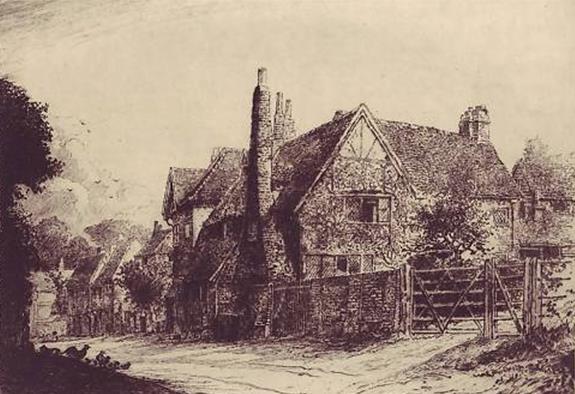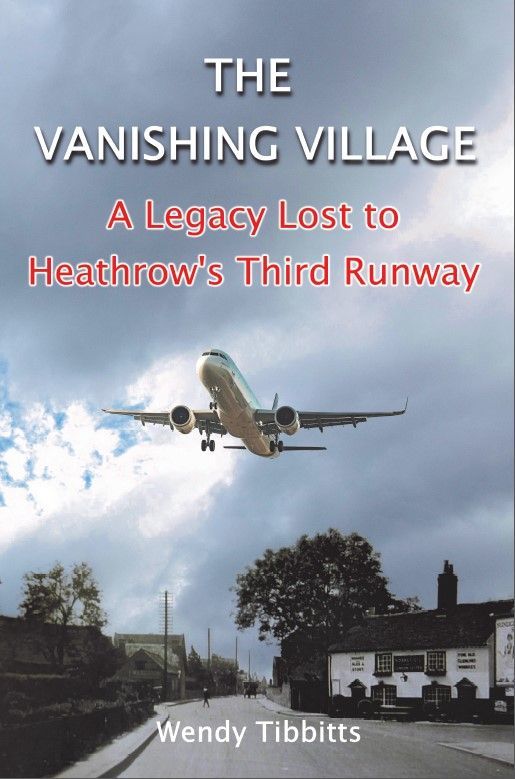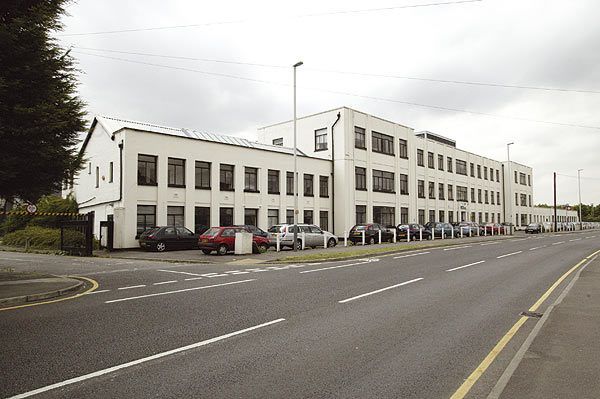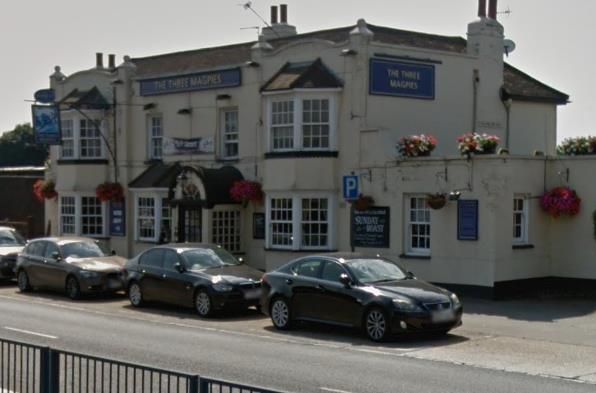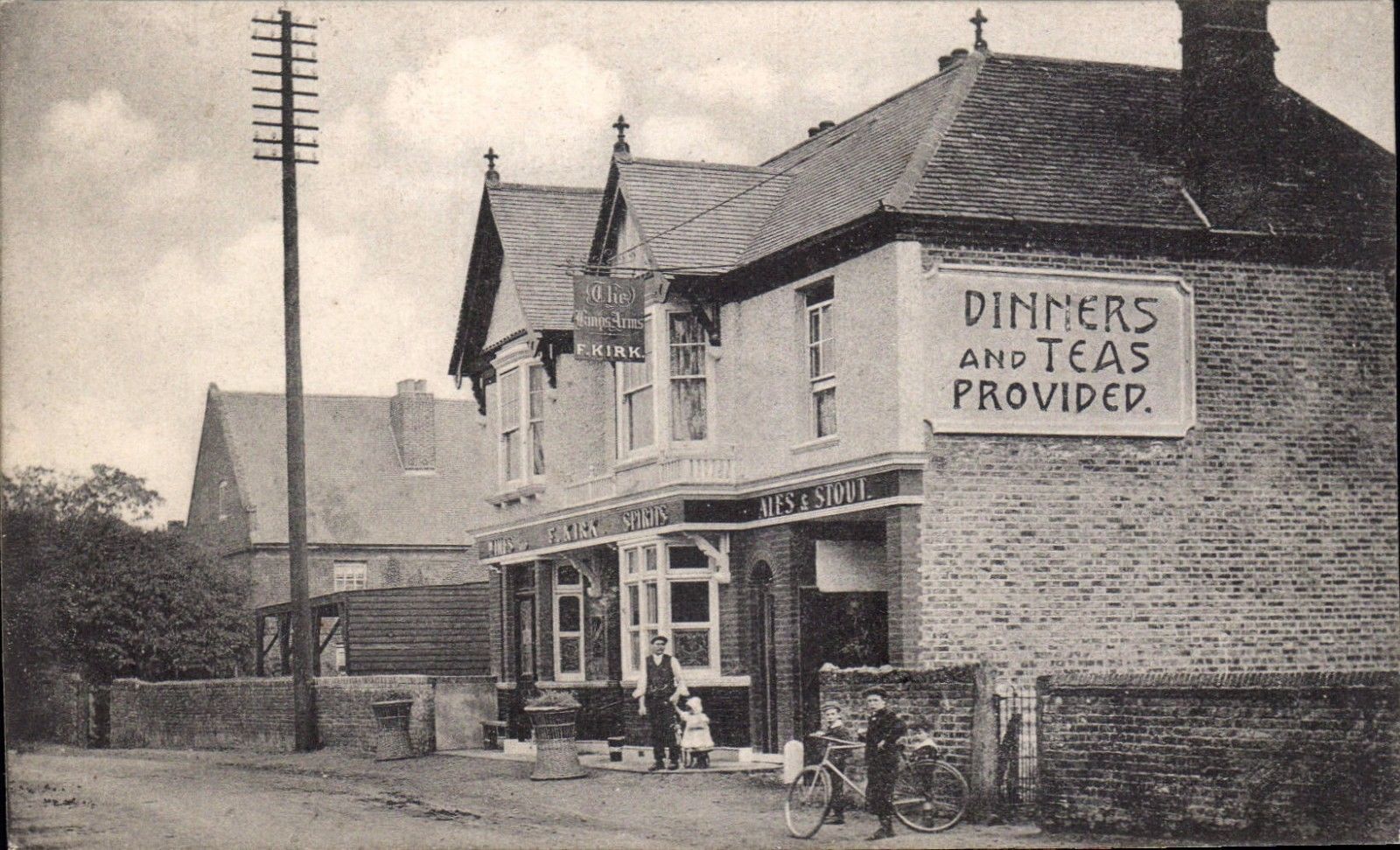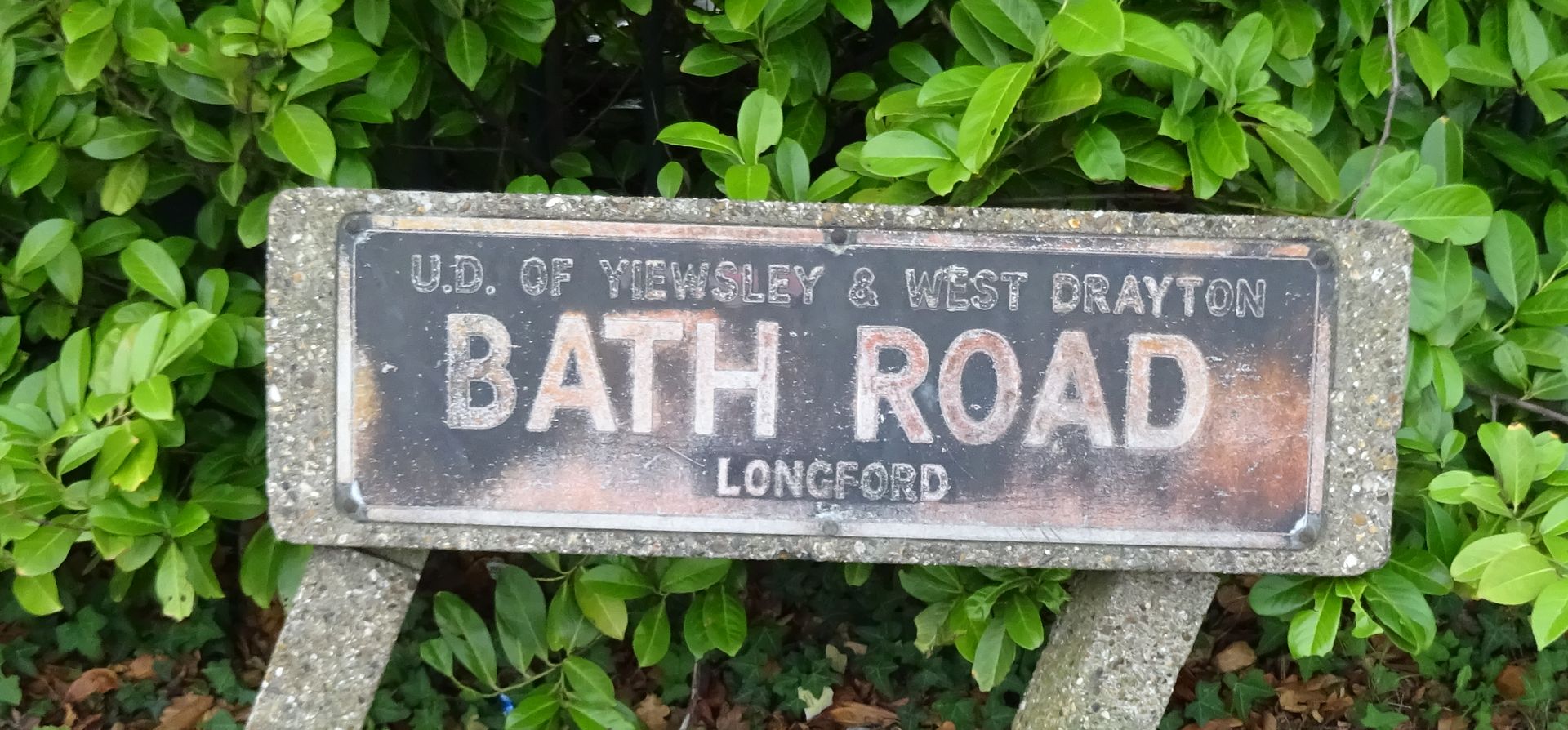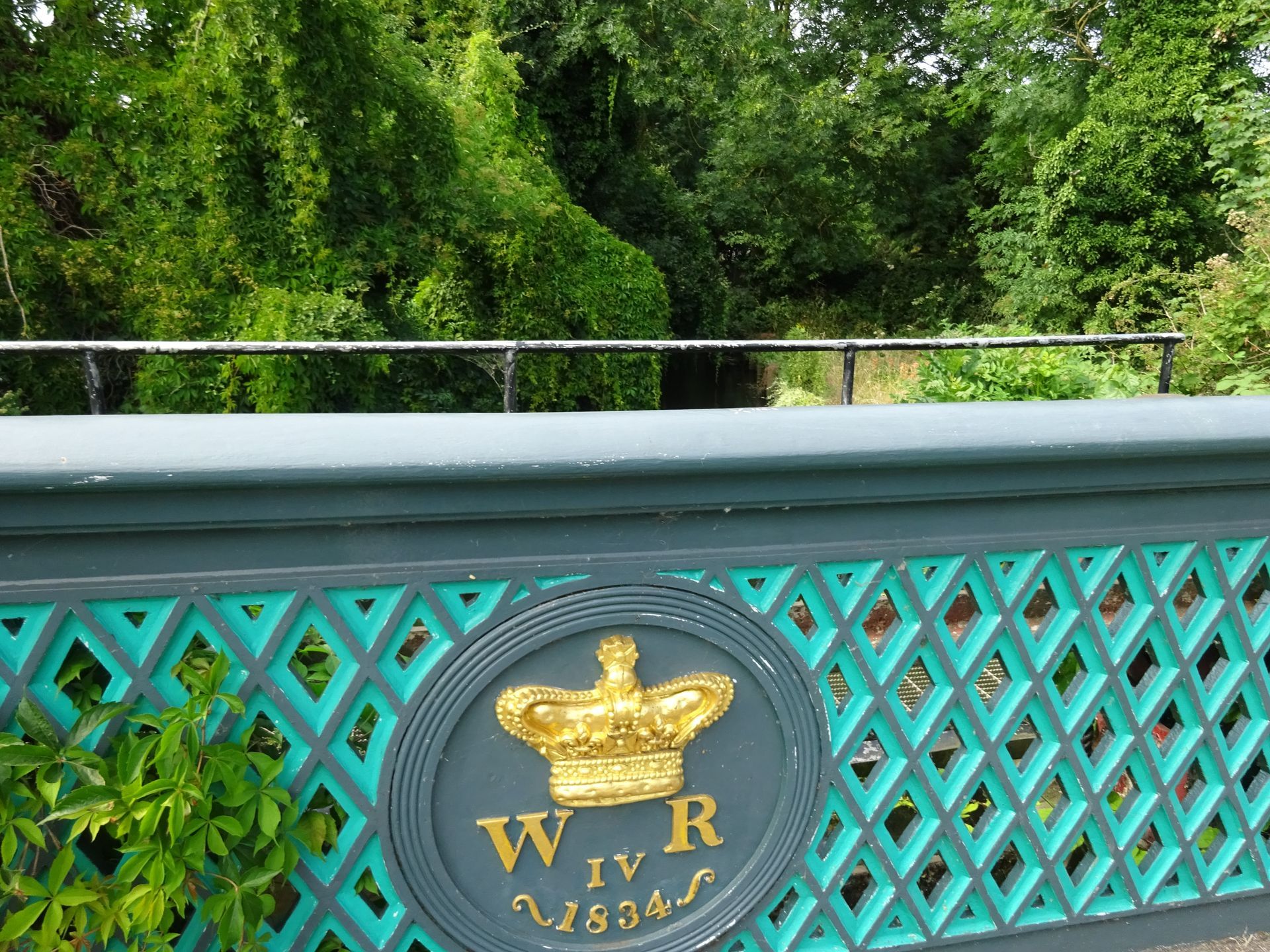How Milton used the plague of 1665 as an opportunity.... and how we could do the same in these uncertain times.
When the streets and commerce of London came to a standstill during the London plague in 1665 and the disease began to spread rapidly through the population, those that had the means and opportunity left the City for the countryside. King Charles II and his Court first went to Hampton Court and then moved further afield to Oxford.
Other notable thinkers removed themselves from their London bases and returned to their original Counties. Isaac Newton returned to his family’s Cambridgeshire farm. John Milton, who had grown up in Horton, in Buckinghamshire, moved his household to a little cottage in another Buckinghamshire village at Chalfont St Giles. Both men used this enforced down-time for creative thinking, and both made discoveries and progress in their respective fields.
John Milton moved to Chalfont St Giles in 1665 with his third wife, Elizabeth, 30 years his junior, whom he had married 2 years earlier. He was 57 years old and by this time blind and had to dictate his work to his wife and daughters. He had previously led a busy life as Latin Secretary to the Council of State, a teacher and a scholar during which time he had published several minor poems, but he had an idea for an epic poem which had been going round in his mind for some time before he started writing some opening verses in 1642. Since then he spasmodically added more verses when his other occupations allowed. During the English Civil War he made no progress, and he probably resumed writing around 1654. It was only during his enforced isolation in the peace and quiet of his Buckinghamshire cottage that he was able to finally complete his greatest work, Paradise Lost, which was published after the Great Fire of London, in 1667. Without the plague the book might not have been completed and published at this time.
It is not often that we are forced to slow down our busy lives and take stock. This time of self-distancing and isolation should be seen as an opportunity for thought and reflection. Not only can we re-evaluate our goals and ambitions, but with brains that are free from the bustle of life we have a chance to encourage the creative side of our minds. Into our calmer brain will flow ideas and thoughts that have lain dormant whilst we coped with everyday pressure. We should use Milton and Newton as an example of how to turn this terrible situation into an opportunity for personal growth.
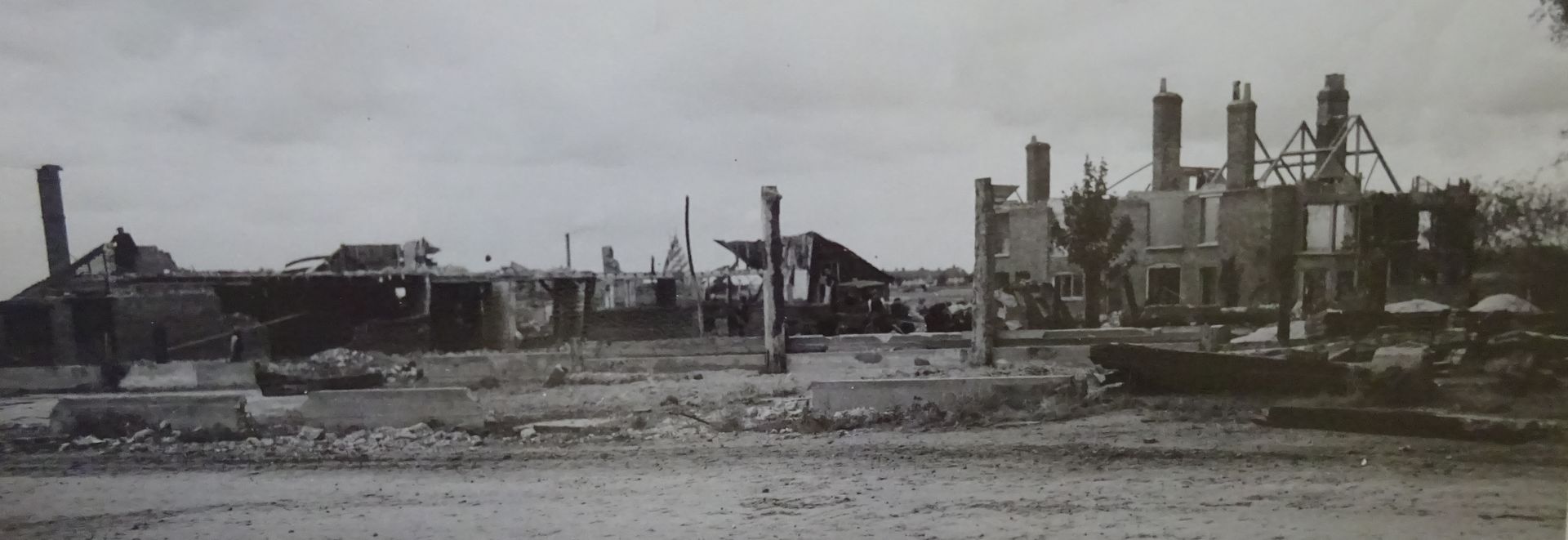
The villages around Heathrow have been blighted since 1946 as successive governments have procrastinated and made bad decisions about expanding the airport. These former rural agricultural villages have been fighting airport expansion for eighty years, meanwhile the Grade II listed buildings have deteriorated and the community are exhausted by years of protest.
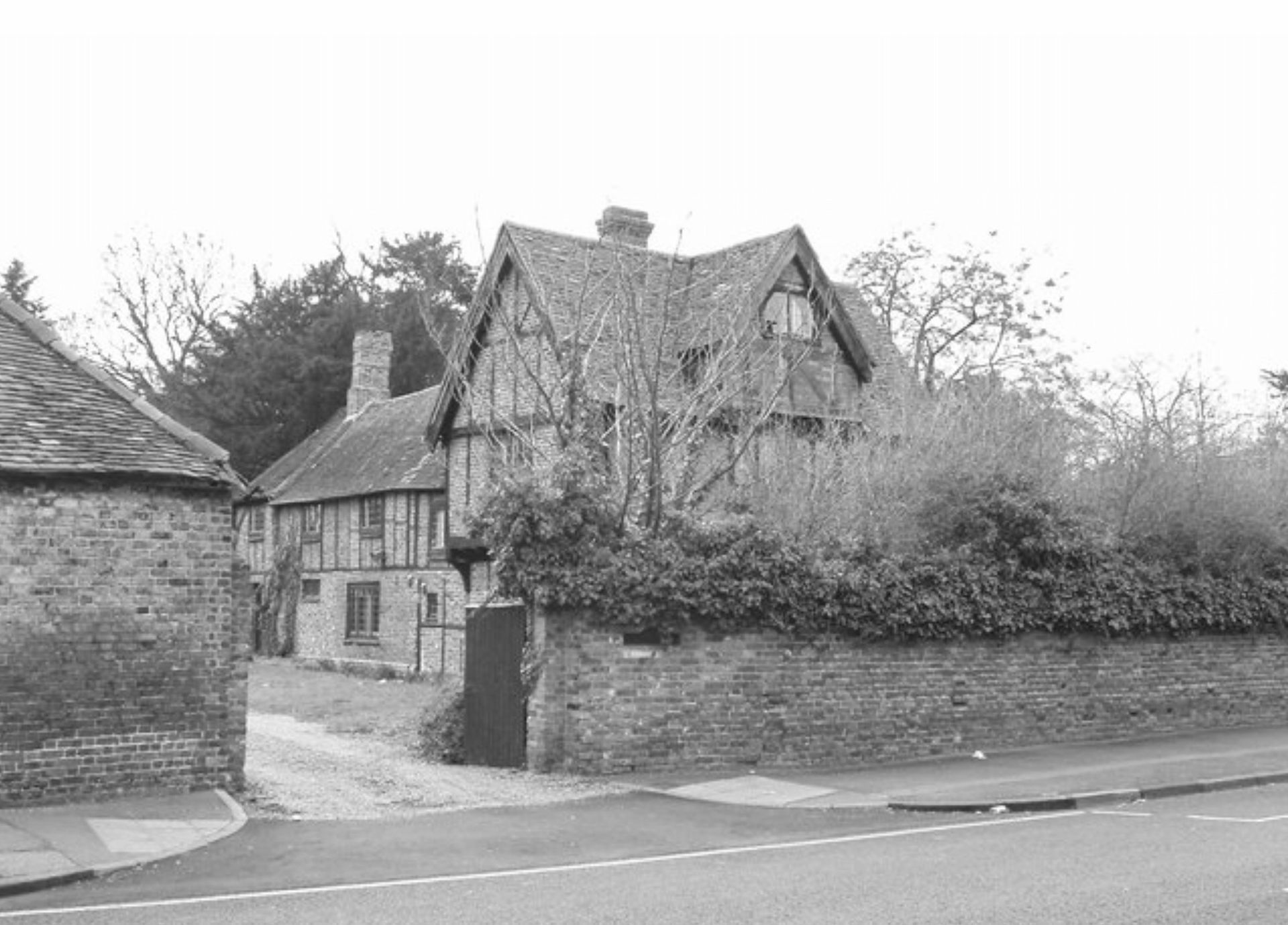
The Kings Head later called The Peggy Bedford is a Grade II listed Elizabethan building in Longford, Middlesex, that was a major coaching inn on the Bath Road (A4) for centuries. Now blighted by the prospect of the whole village being demolished under the Heathrow expansion plans, it lies, empty and derelict and on the At Risk register.

